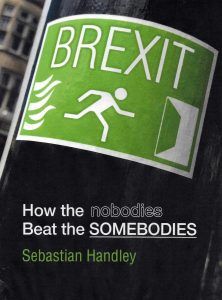A Review from Down-Under
This outstandingly well-researched and well-written book is a history of the families of Daniel Tabor’s parents and relatives, based on extensive interviews with their senior family members, as well as on diaries, letters, and other sources. The family on both sides came mainly from the Russian Pale, and excellent maps enhance the narrative of their respective journeyings. Many well-chosen illustrations support the text. The author’s Belorussian-born paternal grandfather Chaskel Taborisky (1871-1943) and Lithuanian-born paternal grandmother Rivka, née Weinstein (1875-1970), settled in London. There, on Tottenham Court Road, Chaskel established a successful firm that made fireplace fenders, grates, and mirrors. The couple’s son Dr David Tabor (1913-2005), was educated, remarkably for someone of his background, at Cambridge, and became an eminent physicist and chemist. For readers of this Journal, the most relevant part of the book, about one quarter of the text, comprises the six-year period (1940-46) when Dr David Tabor lived and worked in Melbourne, emerging as an important and influential figure on the Jewish and Zionist scene here before his eventual return to England with his German Jewish refugee wife Hanna, from Giessen in Hesse, daughter of businessman Martin Stillschweig and chemistry graduate Melita Rosenbaum. Hanna shared David’s interest and involvement in Zionism, and they married at Sydney’s Great Synagogue in 1943. Their son Daniel was born in 1947.
As someone not connected with the established Anglo-Jewish community, not himself a refugee, and in addition extremely well-educated and articulate, David Tabor’s observations are particularly valuable in presenting an intelligent and objective view of that crucial period in the evolution of the Australian Jewish community when he resided here. It is interesting, too, that while his family lived in Eastern Europe – many perishing in the Holocaust, some miraculously escaping – as well as in England and Israel (all described in this book), they had no connection, or only a marginal one, with the United States, thus representing a different Jewish experience, as seen in this excellent and valuable highly recommended work.
You can purchase your copy here.






